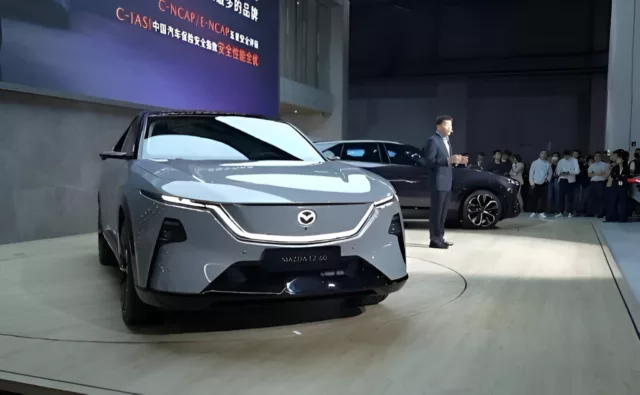According to recent figures from the Ministry of Commerce, China’s vehicle trade-in scheme has received more than 10 million applications since the policy began in 2024. As of May 11, 2025, 3.225 million applications were submitted this year, including 1.035 million for scrapping older vehicles and 2.19 million for trade-in replacements.

The policy has had a notable impact on vehicle purchasing behaviour. Data from the China Passenger Car Association (CPCA) shows that in April, nearly 70% of private car buyers utilised the trade-in scheme, while first-time buyers accounted for just 31%, suggesting a shift in demand toward vehicle upgrades.
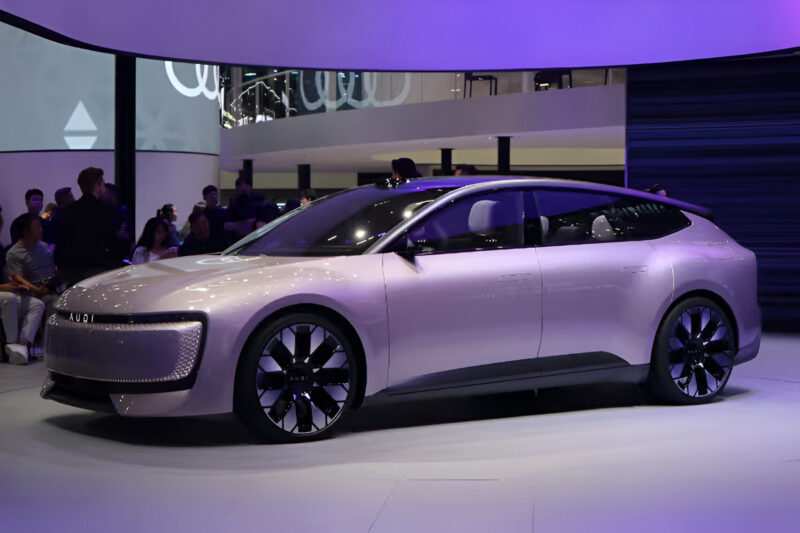
Amid broader economic challenges, the government’s support measures have contributed to domestic consumption, as reflected in recent auto sales and industrial output growth. Price trends in the new car market have remained stable during this period.
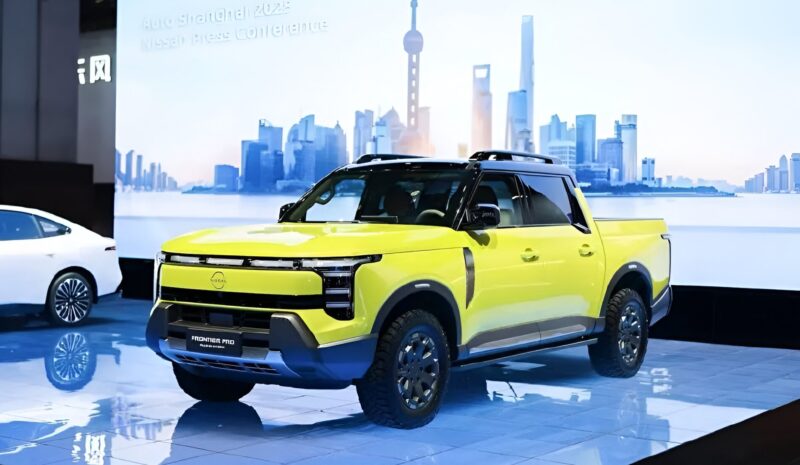
Sustained growth in auto sales
The trade-in program has supported a continued recovery in passenger vehicle sales. From January to April 2025, total passenger vehicle sales reached 6.872 million units, a 7.9% increase compared to last year. April’s retail sales also rose 1.9% year-on-year, suggesting that the policy has contributed to maintaining demand levels.
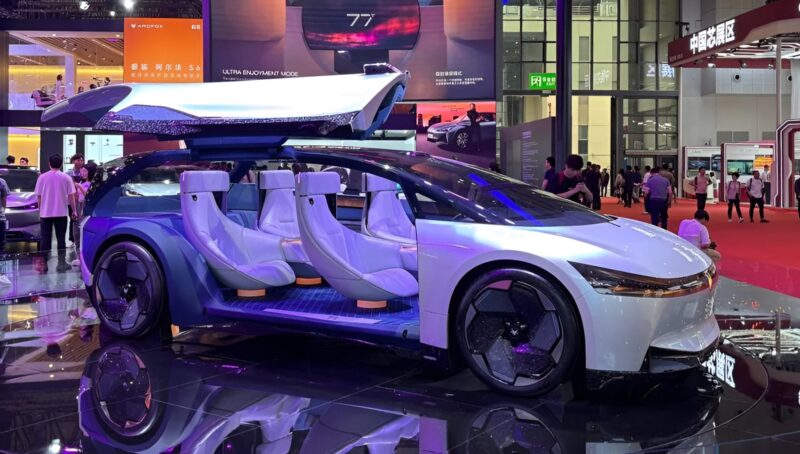
Emerging market trends
Two major trends are currently shaping the automotive sector. First, consumer interest in green and smart vehicles is increasing. New energy vehicles (NEVs) accounted for over 53% of all trade-in transactions. NEV sales totalled 3.324 million units from January to April, up 35.7% year-on-year. Market penetration for NEVs reached 48.4%, a 0.8 percentage point increase from 2024.
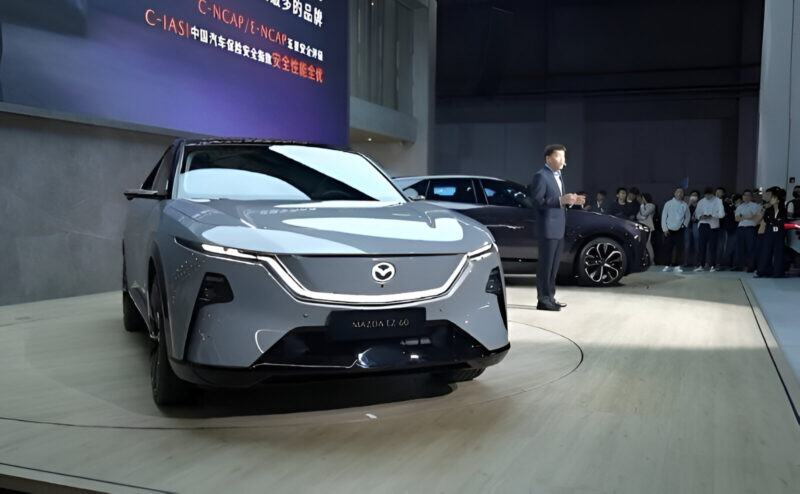
Second, the recycling activity has expanded significantly. Between January and April this year, 2.767 million scrapped vehicles were processed for recycling, representing a 65% year-on-year increase. This reflects greater attention among consumers to environmental issues and resource reuse.
Source: IT-Home
No related articles available.
Follow us for ev updates


